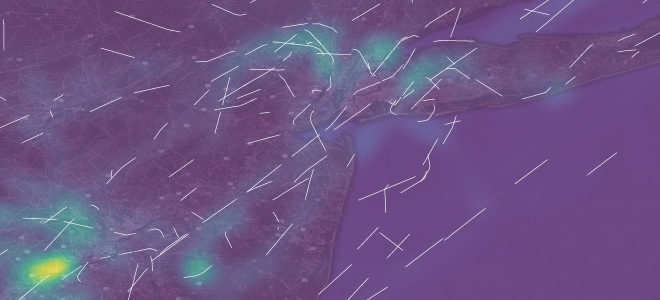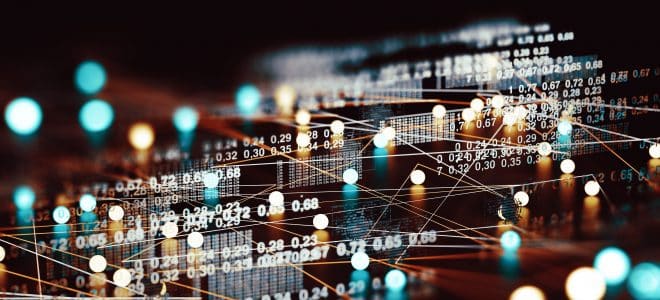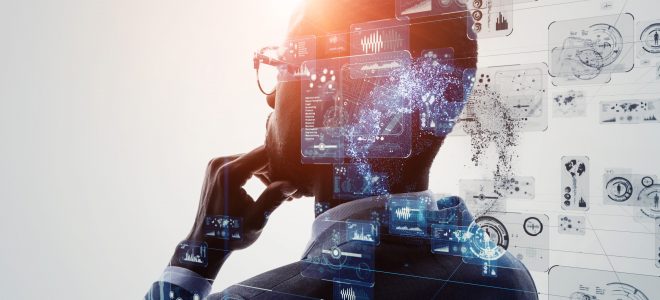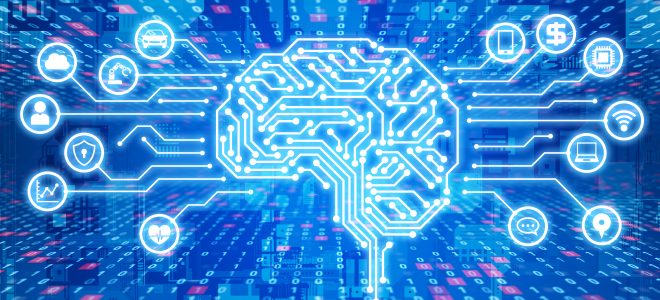Trend Analysis and Anomaly Detection
Trend analysis models normalcy as it changes over time. Metron constructs and applies normalcy models to predict the future and identify anomalous new or past events.
Join Our Team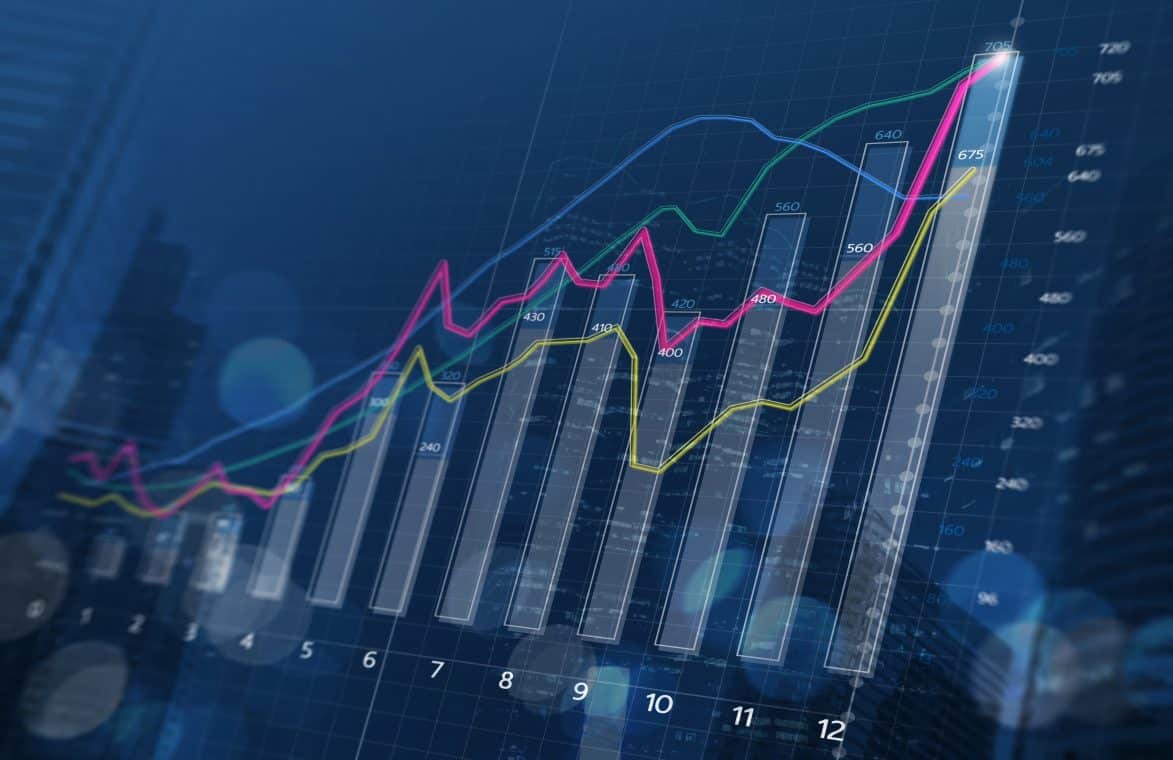
Determining what is anomalous requires accurately modeling what is normal. Metron data scientists perform trend analysis to create normalcy models that enable clients to detect anomalies.
Trend Analysis
Trend analysis models the characteristics of normalcy (the expected state for a system) and how internal or external forces change these characteristics over time. Types of change include gradual drift, cyclical rhythms such as seasonality, and abrupt phase changes. Data scientists use normalcy models to make predictions, describe expectations about future events, and accurately estimate the probability that new or past observations are anomalous.
Metron developed software to monitor millions of time series and identify suspicious activities. Our custom-designed models are designed to detect notable changes from normal behavior after accounting for typical growth, volatility, and seasonal trends. These anti-correlations trigger alerts, cueing analysts to investigate suspicious activities that may otherwise be missed. Such investigations are jump-started by our rich user interface that enables analysts to explore the data underlying the trend.
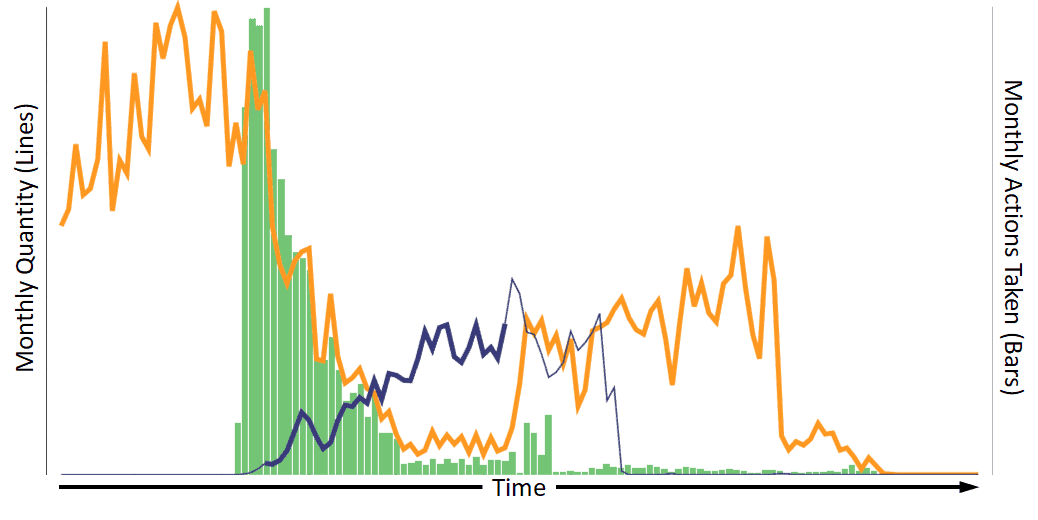
Anti-correlations in the presence of actions taken indicate suspicious activity.
Anomaly Detection
Anomaly detection identifies unusual or outlying events, records, or objects that represent significant deviations from the normalcy models identified via trend analysis. Accurate anomaly detection benefits from the management of epistemic (systematic) and aleatoric (statistical) uncertainty across a multitude of contexts.
For example, Metron’s anomaly detectors for NASA identify unusual aircraft flight behaviors. These behaviors are examined along with environmental effects, aircraft properties, the flight path, and other factors. These contexts factor into the estimated uncertainty of predicted behaviors, which determines whether observed behaviors generate anomaly alerts.
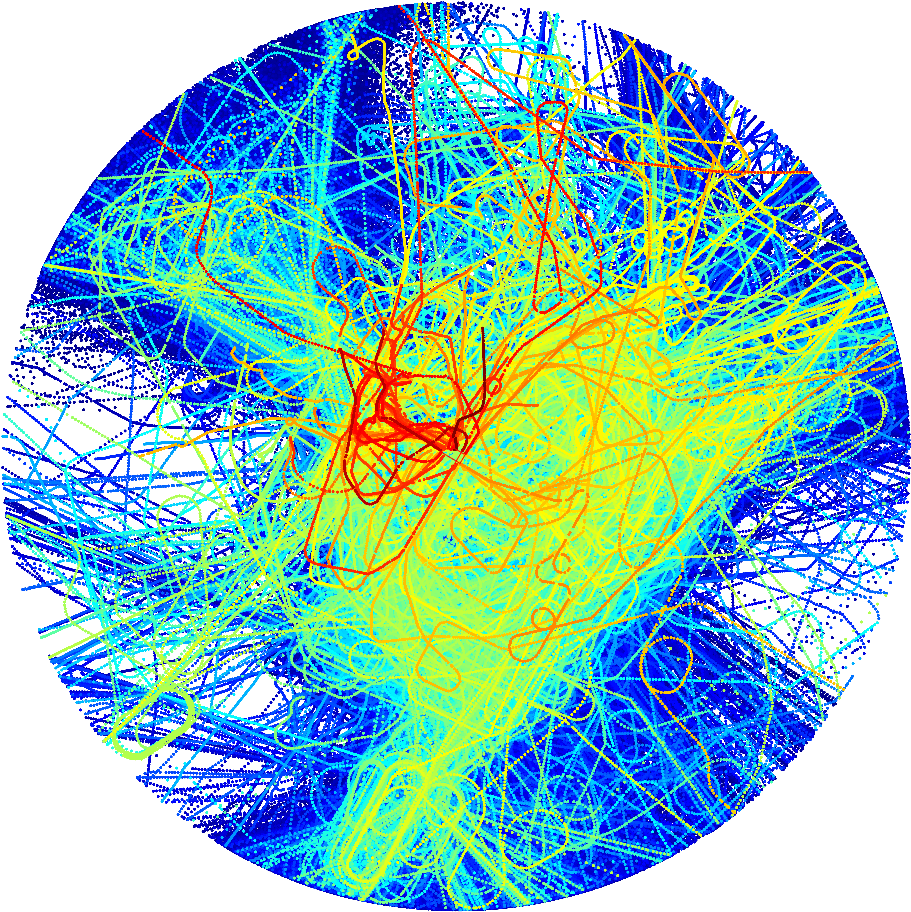
Metron develops trend analysis tools to meet a variety of client needs. These solutions involve innovative machine learning approaches such as Bayesian networks and recurrent neural networks (RNNs), as well as statistical approaches such as regression and auto-regressive integrated moving average (ARIMA).
Three Key Aspects of Our Solutions
Contextual information – We model normalcy in complex situations with compounding contextual information in order to make accurate predictions even in previously unseen contexts.
Modeling uncertainty – Accurate modeling of uncertainty improves performance in situations with varying levels of noise and/or historical data. Estimates of the certainty and confidence of model predictions provide users with an improved understanding of reported predictions and anomalies.
Physical modeling – The incorporation of physical modeling into machine learning significantly increases confidence and certainty, resulting in reduced false alarm rates, which in turn increases user acceptance.
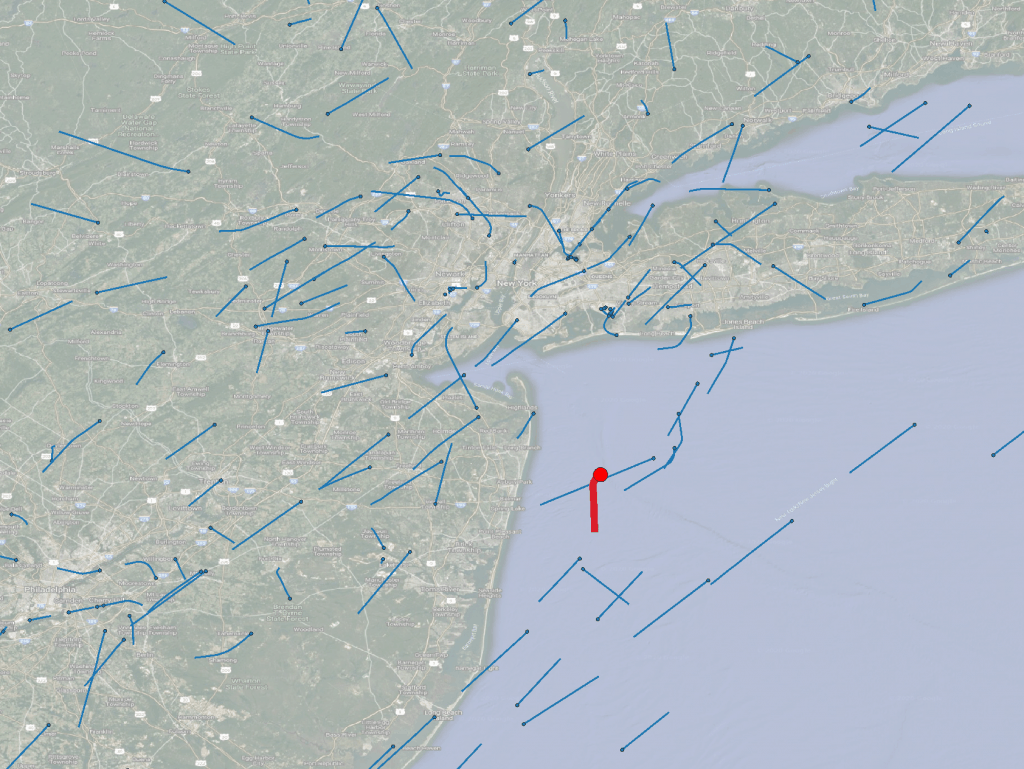
Real World Applications of Anomaly Detection
Our models are useful for making accurate future projections as well as detecting anomalous deviations from normalcy. Some of our models have been integrated into real-time streaming applications to alert system operators to unexpected phase changes and unusual system and actor behaviors. Other models have been applied forensically to identify historical anomalies and uncover previously unknown systemic issues.
Examples of our applications include making predictions from billions of time series to identify significant deviations, identifying systemic issues from patterns of anomalous behavior, detecting anomalous trajectories both forensically and in near real-time, monitoring system health in the presence of phase changes, and detecting acoustic signals from unexpected sources.
We develop scalable trend analysis tools for big data problems. Such solutions have been developed on Metron’s internal computing cluster and integrated into clusters managed by our clients. We also have experience integrating solutions into commercial cloud computing platforms such as Amazon Web Services (AWS).
-
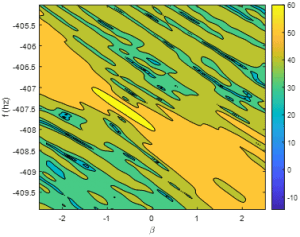
Normalcy models enable the detection and identification of acoustic signals from unexpected sources.

Metron Careers
Data Science Career Opportunities
Metron hires data scientists with experience researching novel approaches that advance the state of the art. Our data scientists apply these innovations to new problem domains working alongside subject matter experts. They are familiar with machine learning tools and pipelines and work with software engineers to integrate solutions into client systems.

